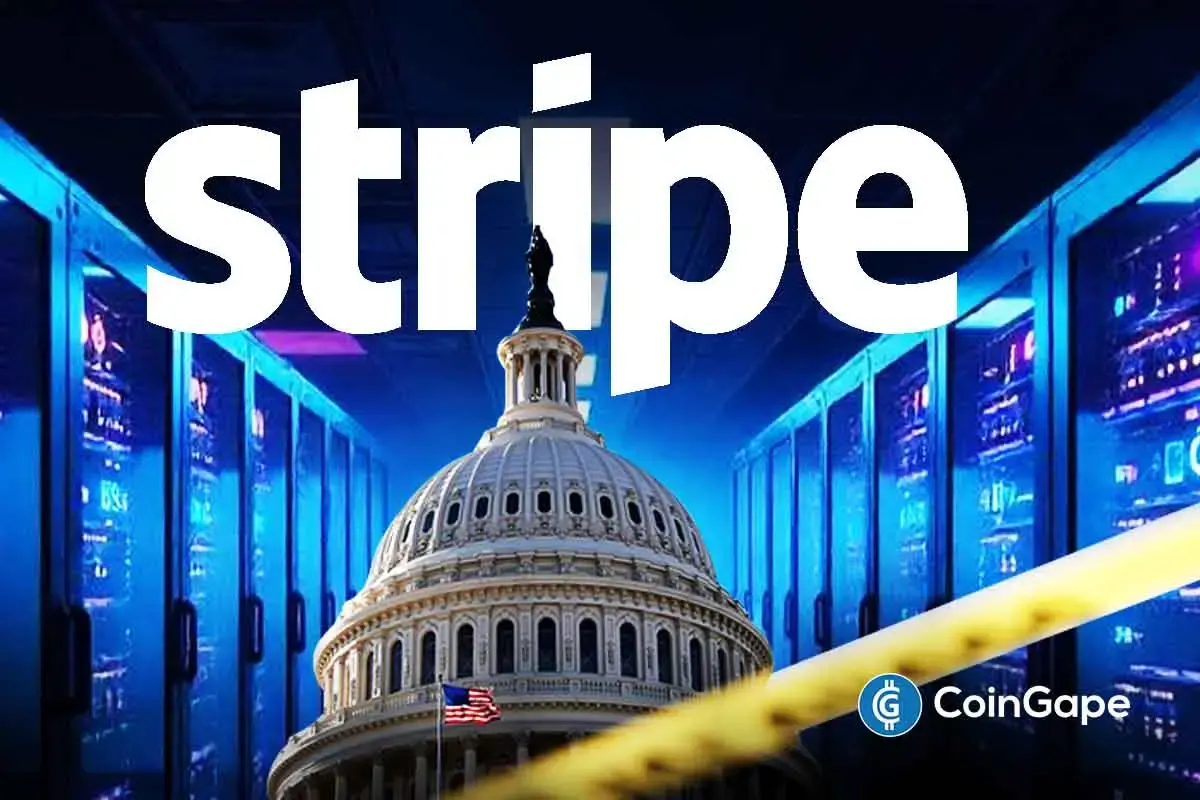Stripe Eyes U.S. Banking Charter, Pioneers One-Click Stablecoin Issuance for Firms

Highlights
- Stripe has launched Open Issuance that would allow businesses to issue their own stablecoins with minimal code.
- Firms can integrate with BlackRock, Fidelity, and Lead Bank for reserve management and liquidity.
- Stripe would also apply for a U.S. federal trust charter and New York DFS license.
Fintech giant Stripe has unveiled a suite of tools to enable businesses to tap into the growing market for stablecoins. They also confirmed plans to seek federal banking licenses in the United States.
Stripe Unveils Stablecoin Issuance Platform
In a recent blog post, the firm announced its new range of tools to enable firms to tap into the stablecoin ecosystem. At its annual Stripe Tour New York showcase, the company introduced more than 40 product upgrades, with stablecoins and artificial intelligence at the forefront of the agenda.
Among the highlights was Open Issuance. This platform was designed to let firms roll out their own stablecoins in a matter of days using minimal code. The new service builds on Bridge, a stablecoin infrastructure provider acquired earlier this year in a $1.1 billion deal.
Through Open Issuance, businesses can mint and redeem tokens at will. Additionally, they have a choice between reserve structures like cash and treasuries. For asset management and liquidity, they can also turn to partners like Lead Bank, Fidelity, and BlackRock. Likewise, issuers would keep the yield from reserves and be able to provide incentives to their clients directly.
Stripe’s expansion comes as businesses rapidly adopt stablecoins, with total supply climbing 57% in the past year. The company is also enhancing merchant capabilities: firms can now accept recurring stablecoin payments, settle balances in crypto or fiat, and even spend stablecoin reserves through locally issued cards.
Beyond stablecoins, Stripe has been active in partnerships. Payments startup Fold tapped Stripe and Visa to launch a Bitcoin rewards credit card. This would allow users to accumulate BTC with each purchase.
Stripe Expands Into Banking Oversight
According to The Information, Stripe is preparing to apply for a national trust charter with the OCC. The application would place the company under direct federal oversight. It would also position it to continue issuing stablecoins in compliance with new U.S. regulations expected to take effect soon.
The firm is also planning to apply for a trust license with New York’s Department of Financial Services. This ensures alignment with one of the most authoritarian regulatory regimes in digital finance.
According to executives, the goal is not to debut a Stripe-branded token but to provide the infrastructure that allows clients to issue stablecoins while retaining the interest income themselves, minus a service fee of 0.5%.
Stripe’s banking ambitions arrive alongside similar moves by other crypto players. For example, Paxos applied for a banking license back in August. They aim to convert its New York trust charter into a national one.
Meanwhile, Ripple also filed for a U.S. banking license, joining stablecoin issuer Circle in seeking a larger foothold in the mainstream finance sector.
These applications suggest blockchain firms are no longer operating purely on the fringes. This trend could bring competition for Circle and Tether, whose dollar-backed tokens currently dominate the market.
Recent Posts
- Uncategorized
Scaramuccis Lead Major Investment in American Bitcoin Tied to Trump Family
American Bitcoin received more than $100 million from the Scaramucci family during its most recent…
- Bitcoin News
Expert Predicts Further Downside For Bitcoin As Fear and Greed Index Drops To 10
The Bitcoin Fear and Greed Index slumped to extreme fear at 10, its lowest level…
- Crypto News
Solana and XRP ETFs Attract Fresh Inflows Even as Crypto Market Falls
The Solana and XRP ETFs are enjoying a solid start to life on Wall Street,…
- Crypto News
BLS to Release Jobs Report on Nov. 20 as Uncertainty Over Fed Rate Cut Persists
The Bureau of Labor Statistics (BLS) has provided an update on when it will release…
- Bitcoin News
JPMorgan calls Bitcoin Price Bottom, Predicts It Will Challenge Gold Next Year
A fresh wave of panic gripped the market as Bitcoin fell below $95,000 for the…
- Crypto News
Zcash to Surpass XRP? Arthur Hayes Makes Bold Claim Amid ZEC’s 45% Rally
BitMEX co-founder has continued to make bullish comments on Zcash, which he recently revealed his…